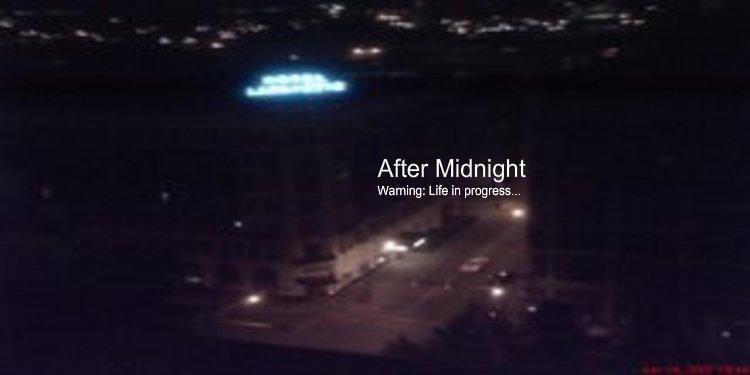Having been born and raised in Buffalo, NY, and living now in the nearby city of Niagara Falls, there are two things I am expected to be an expert at: losing the championship of the National Football League [see Super Bowls XXV-XXVIII, inclusive], and snow.
While "the streak" is a matter of public record, Buffalo's rep as the Snow Capitol Of America might be a little mis-guided. No one in this area would deny that it snows a lot around here [just over 74 inches of the white stuff last winter]. But that 74.1 inches would be good only for seventh place on last winter's tote board. Buffalo wasn't even the most snow-covered spot in New York State; Syracuse, as it usually does, topped the State roster; it also finished first in the National Snow Bowl with a mind-boggling 106.1 inches of semi-solid precipitation [it's said the Innuit people of the Arctic have more than 200 words for snow. Why is there never an Innuit person available when you need one?].
The difference comes in the area of snow removal. Since the "perfect storm"
Blizzard of 1977, blamed for the deaths of 23 people, Buffalo and its surrounding cities seem to have taken a vow that they will never be shut down again as they were in that season [Ironicaly, the average amount of snow that fell was only about a foot, an unusually high amount for one storm, but by no means as crippling in itself as this blizzard turned out to be. The difference was the strong winds that built up drifts as high as
three feet in more than a few locations.].
If you were one of many thousands stranded by last month's storm, or are currently cooling your heels in an airport hundreds of miles from where you want to be, curse the lack of equipment and training most airports have. Buffalo's is equipped with state-of-the-art plows and other specialized devices. Airport staffs from around the world come in during storms to watch the Buffalo crew clean up [and presumably, to take notes].
This got me thinking; because of the Blizzard of '77, the Buffalo area has committed larg

e amounts of money to ensure quick snow clearance. Other areas, I would guess, make preparations based on the difficulties they most fear: I would think San Francisco, for example, spends large amounts on earthquake preparedness, while Florida would probably spend heavily on hurricane cleanup equipment and training. It would be a simple mathematic process [not for me, for real statiticians] to calculate what frightens any area in the world by figuring out which area of disaster preparation it spends the most on, exclusive of police and fire prevention and extinguishing [although both would likely enter into a community's disaster preparation expenses]. Anyone interested in finding out the paranoia triggers in their local is free to use this concept, without credit to me [as a matter of fact, the less you mention me in this process, the better]. The only thing I would ask is that the title The Fear Index be used for this process. Let's at least keep the name simple and explanatory...
-Mike Riley
 On my list of "usually harmless hokum", one of the top spots is reserved for astrology. Reputedly created in ancient Babylonia, it uses an analysis of the relative position of certain stars in the sky to predict the future. I suppose it's no more inaccurate a system than the casting of rune sticks, or divination arising from a study of animal entrails., both of which have been accepted means of prediction in history.
On my list of "usually harmless hokum", one of the top spots is reserved for astrology. Reputedly created in ancient Babylonia, it uses an analysis of the relative position of certain stars in the sky to predict the future. I suppose it's no more inaccurate a system than the casting of rune sticks, or divination arising from a study of animal entrails., both of which have been accepted means of prediction in history.  Obviously some adjustment was needed. But what to do?
Obviously some adjustment was needed. But what to do? Obviously some adjustment was needed. But what to do?
Obviously some adjustment was needed. But what to do?











